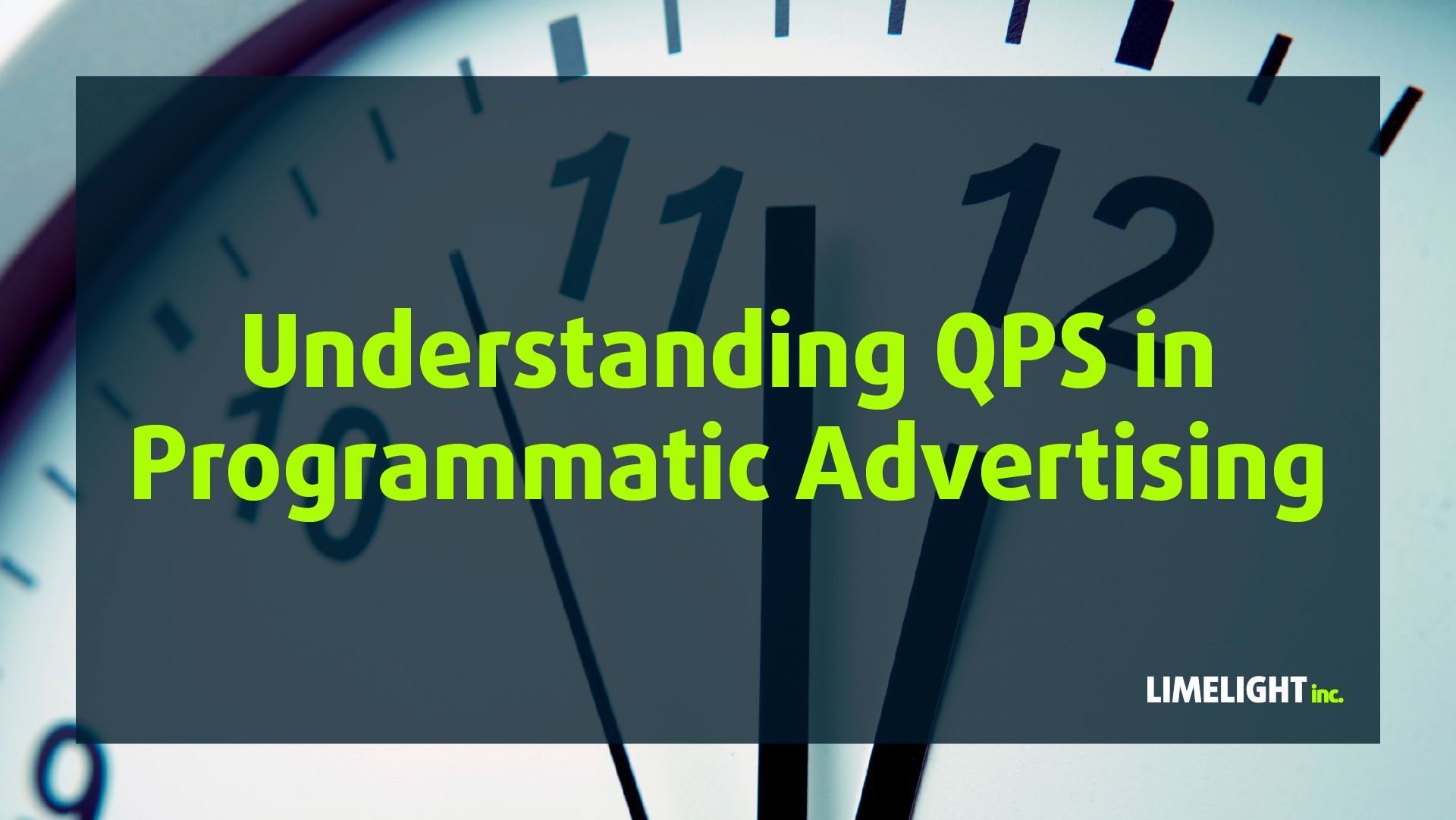The value of ad networks: why they are still essential for digital marketers

Ad networks have been part of the digital advertising scene for decades, but they have continually evolved to remain relevant. In today’s world of programmatic advertising, ad networks are still critical for marketers on both the demand and supply sides.
Rather than standing apart from programmatic processes, they have integrated themselves into the system, offering benefits that neither advertisers nor publishers can afford to overlook.
Here’s why ad networks continue to play a key role in the digital marketing ecosystem.
A bridge between advertisers and publishers
Ad networks initially emerged as a solution for publishers to sell their unsold inventory, and for advertisers to reach audiences across a wide variety of platforms. Their primary function was to aggregate inventory and offer it to advertisers in bundles, making it easier to match supply with demand.
Over time, the growth of programmatic advertising has led many to question whether ad networks still hold value. Real-time bidding platforms have automated much of the process, allowing advertisers to purchase individual ad impressions in milliseconds. Despite this shift, ad networks have not disappeared—they’ve adapted, taking on a complementary role within the programmatic ecosystem.
By acting as intermediaries between advertisers and publishers, ad networks help fill gaps that open exchanges and automated buying platforms can’t always address. They remain a vital link that ensures both parties can navigate the complex digital landscape effectively.
Offering exclusive access to premium inventory
One of the major reasons ad networks remain essential is their access to premium or niche inventory that isn’t available on open exchanges.
While real-time bidding platforms provide enormous reach, they don’t always offer the level of control or exclusivity that some advertisers seek. Many publishers prefer to sell their high-quality ad space through networks, especially when they can negotiate better rates or retain more control over how their inventory is used.
This exclusive access is particularly important for brands looking to advertise in environments where quality matters.
Whether it’s targeting high-end websites, specific niche content, or trusted media outlets, ad networks often offer unique opportunities for advertisers that would be difficult to find elsewhere.
In this sense, they are not just brokers of ad space—they are curators of premium inventory.
Ensuring brand safety and transparency
One of the major concerns with open programmatic platforms is the risk of ads appearing in unsuitable or unsafe environments. Ad fraud and brand safety have been significant issues in digital advertising for years, leading many advertisers to seek more controlled and transparent solutions.
Ad networks offer a safeguard by pre-vetting their inventory and ensuring that ads appear in trustworthy, high-quality environments. Because of their long-standing relationships with publishers, they can offer transparency and control that is sometimes lacking in the programmatic space. This additional layer of security is particularly attractive to brands that need to ensure their reputation is protected, avoiding the pitfalls of inappropriate ad placements.
By working through an ad network, advertisers can have greater confidence in where their ads will appear, which is essential for maintaining brand integrity in today’s highly competitive markets.
Supporting both buyers and sellers
For publishers, ad networks offer a flexible way to monetise their inventory without relying solely on direct deals or open exchanges. Inventory that might otherwise go unsold can be placed within a network, ensuring that no ad space is wasted. This creates a valuable revenue stream for publishers, particularly when combined with the ability to segment their offerings and target specific buyers.
On the advertiser’s side, ad networks provide more control over where ads are placed and offer different pricing models, allowing them to better tailor their campaigns. Whether it’s cost-per-impression, cost-per-click, or performance-based pricing, advertisers can choose the structure that best fits their goals. Networks also provide access to detailed reports and insights, giving advertisers valuable information on campaign performance and helping them adjust their strategies.
The evolution of ad networks in the programmatic world
While programmatic advertising has become the dominant method for buying and selling ads, ad networks have continued to evolve alongside it. Many networks now incorporate programmatic technology into their operations, allowing them to offer the same automation and precision as real-time bidding platforms.
By blending manual, relationship-driven processes with programmatic efficiency, ad networks provide advertisers with a hybrid approach. This approach offers the best of both worlds—access to premium inventory through trusted relationships, along with the speed and scalability of programmatic buying.
Some ad networks also offer private marketplaces, where advertisers can bid on high-quality inventory in a controlled, brand-safe environment. These private deals provide greater transparency and control, while still benefiting from the automated processes of programmatic technology.
Why ad networks remain indispensable
Ad networks are not relics of a bygone era. They have continuously adapted to meet the needs of modern digital marketers, providing value in ways that programmatic platforms alone cannot. Their ability to connect advertisers with high-quality, niche inventory, while ensuring transparency and brand safety, makes them an indispensable tool in today’s advertising world.
The role of ad networks has certainly changed, but they remain critical to the success of both advertisers and publishers. As part of the larger programmatic ecosystem, ad networks offer a blend of automation and relationship-driven strategies, allowing brands to reach their target audiences effectively, while still maintaining control over their campaigns.
For publishers, they offer an efficient way to fill inventory and maximise revenue. For advertisers, they provide access to premium placements, added control, and the assurance that their ads will appear in the right places. In this way, ad networks continue to be an essential piece of the digital marketing puzzle.



